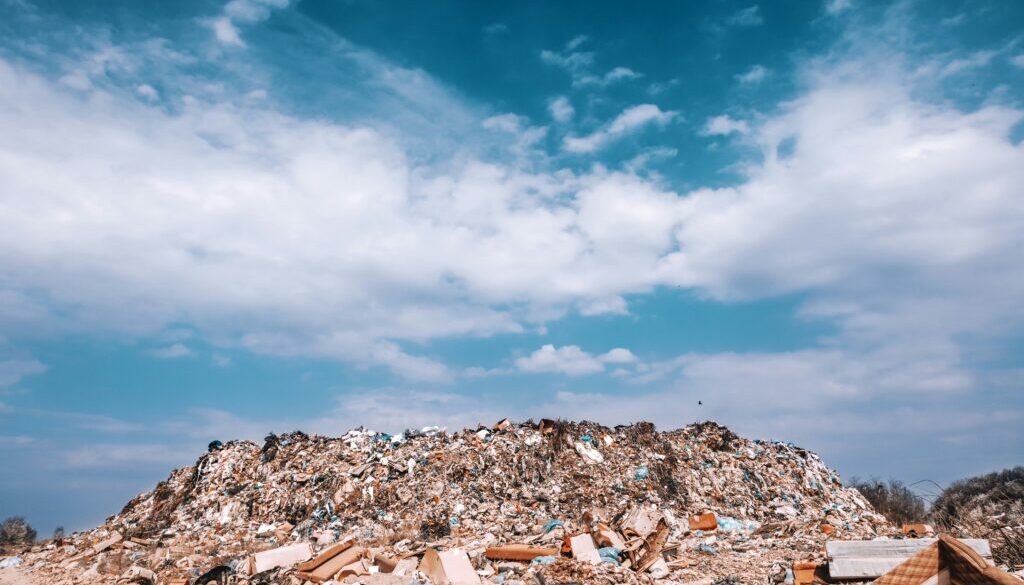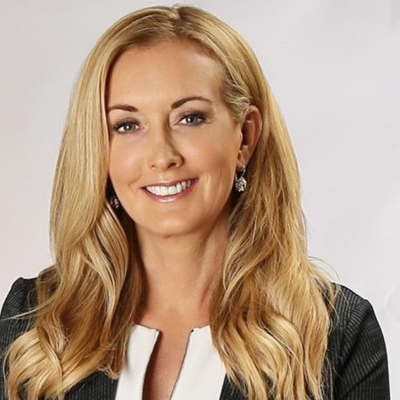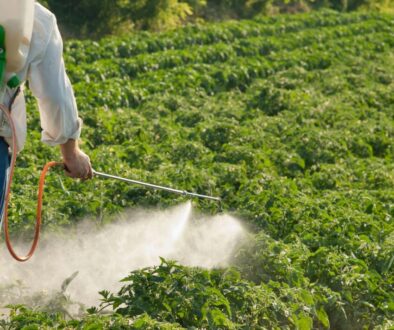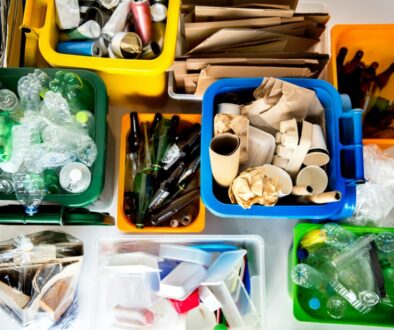Q&A: 20 years after coining “microplastics,” a researcher reflects on what needs to change

By Douglas Main
We now know that microplastics and nano-plastics are everywhere. They are found in the most remote parts of the deep ocean, on Mount Everest, in rainwater, in the food we eat and air we breathe. They’re showing up in animals and human organs, including the brain.
Just 20 years ago, though, almost nobody knew anything about these now-ubiquitous contaminants. That began to change with a seminal 2004 paper published in the journal Science which found tiny particles of plastic on beaches and in offshore sediments throughout Great Britain.
The study’s lead author, Richard Thompson, a marine scientist at the University of Plymouth in the UK, described these microscopic bits for the first time in this study as “microplastics.”
That paper helped launch a whole field of research. Now, Thompson and colleagues have published a perspective in the same journal, Science, examining what we’ve learned over the past 20 years, and making a call for action. We now know enough about the problem to shift our focus toward researching how to solve it, rather than exclusively continuing to document its extent and harms, the paper concludes.
Potential solutions are more important than ever on the cusp of the final meeting of the United Nations global plastics treaty, whose goal is to create international, legally binding instrument to address the plastic pollution crisis.
The New Lede spoke with Thompson about the issue and the points outlined in the new paper.
Q: How did you come up with the term “microplastics”?
A: When we started working on this, in the 1990s, we wanted to go as small as we could and find out what these were particles were made of. These smallest bits were of course microscopic. So it did strike me as a new category of litter, and having a name is useful. So I started calling them “microplastics.”
I didn’t really imagine the term would catch on to the extent that it did.
Q: How did you begin studying microplastics?
A: So it was really about 30 years back, to the start of this. I was a PhD student, studying marine animals, and plastic litter was showing up in my experiments. I noticed that much of the plastic material was tiny. At the time, nobody was removing or recording the most abundant stuff — all the smallest pieces.
One afternoon teaching, I challenged the undergrads to find these, using microscopes. Almost immediately we saw tiny pieces that looked like sand. Then it became a forensic journey to prove that they’re plastic. And that set it all into motion. Some of it was done with student projects. There was no funding at the time. This led to the 2004 study.
Q: Microplastics appear to be everywhere. Is there anywhere they’re not showing up, or any place you’ve found them that is particularly surprising or concerning?
A: There have been many surprises. Initially we found them in beaches and seabed sediment around the world, as we showed in a global study in 2011. That was of course concerning.
Some of my students said: What about trying to find them within animals? I thought that would be challenging, possible like finding a needle in a haystack. But we did look, and we did find. That led to a 2013 study on fish, led by a former student of mine, Amy Lusher, who now runs her own microplastics research lab. That paper found microplastics in more than one-third of the fish, which surprised me.
I was also initially surprised to find relatively high quantities of microplastics in remote sections of sea ice. We found more of it in a liter of ice in the Arctic than a glass of water from the tap in a city. That taught us that these particles are being carried around on sea currents, a long way away from humans.
Q: How would you summarize the evidence of harm?
A: It’s now clear that plastics are widespread in the environment, and found within the bodies of at least 1,300 species. There’s evidence of harm at various levels of biological organization, from cells to organs, from single animals to biomes to communities and ecologies. We are likely to see wide-scale effects of microplastics in the future. That’s in addition to already obvious harms of larger plastics, that accumulate in animals like seabirds or entangling other sea life.
The next question is: What about us humans? Why would we imagine we’re any different than the rest of nature? The studies on animals, including many mammals, point to harm and there’s no reason to believe we’re any different. I think we’ll start seeing real evidence of harm in humans in the next five years. At what point are we satisfied about knowing there’s a problem? I’m kind of urging that we need to shift the balance of research toward solutions. Must studies now are describing the harm, and not looking for solutions.
Q: Tell me more about possible solutions. What needs to happen?
A: At a high level, at the global plastics treaty, we need to address what products are essential to society. There are a lot of applications that aren’t essential… plastic beads in shampoos, microbeads, many types of plastics bags, et cetera. If we switch from one product to another, we need to be certain that replacements are better, making sure they are safe and sustainable. We have to design better, to make things reusable and recyclable.
It can’t all be fixed by downstream approaches such as recycling and re-use. Those will help but we absolutely have to look upstream and reduce primary polymer production. It’s also about safety — we have to make sure the plastics aren’t leaching chemicals. There are over 16,00 chemicals used in making plastics and thousands are harmful.
Q: What can people do to limit their own exposure to microplastics?
A: I think it’s really hard. These particles are too small to see, and are in your food, the water your drink, the air your breathe. Even if you’re asking the same question about consumption of plastic generally — how to use less — it’s hard. You can try to minimize, to use re-usable cups and utensils as an example, that will make a difference.
Q: What was your reaction to the announcement from the Biden Administration that it supports measures to reduce plastic production, as part of the United Nations treaty process?
A: It’s great. We need more countries to do that same. It needs to be an essential part of the treaty discussion. As with any change, there will be winners and losers. If we don’t do anything, the planet and human health will be the loser. We may need financial instruments to help countries or companies that could be hurt.
Some of the smaller nations are lacking information about environmental harms, or are worried about taking an economic hit. I see some manipulation of some of those countries.
If we don’t get the science in there, clear science about harms and the like, some of the “undecideds” might be [swayed] by those who are not free of conflicts of interest.
(Richard Thompson is professor of Marine Biology and Director of the Marine Institute at the University of Plymouth in the UK. He founded and heads the university’s International Marine Litter Research Unit, which charts the global distribution of microplastics.)
(Featured image photo by Getty via Unsplash+.)




